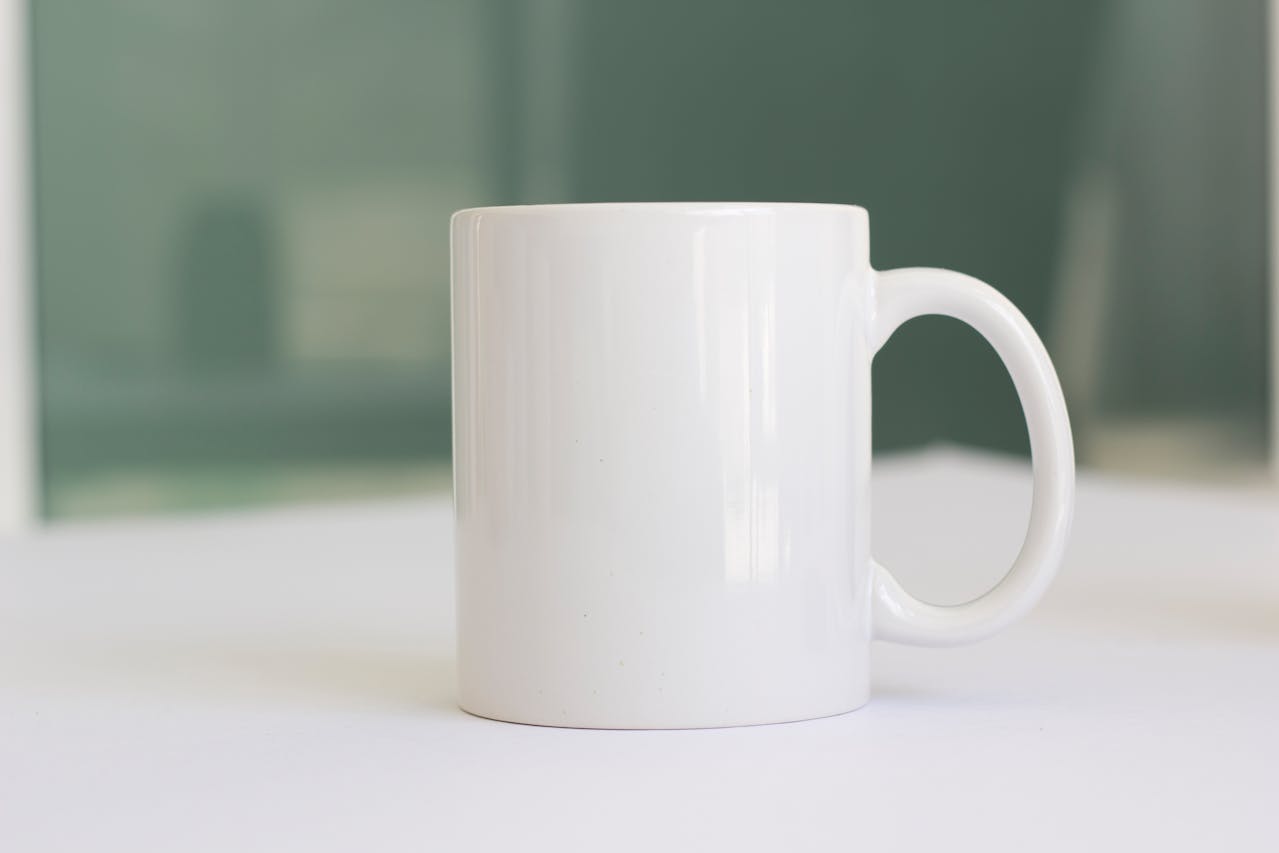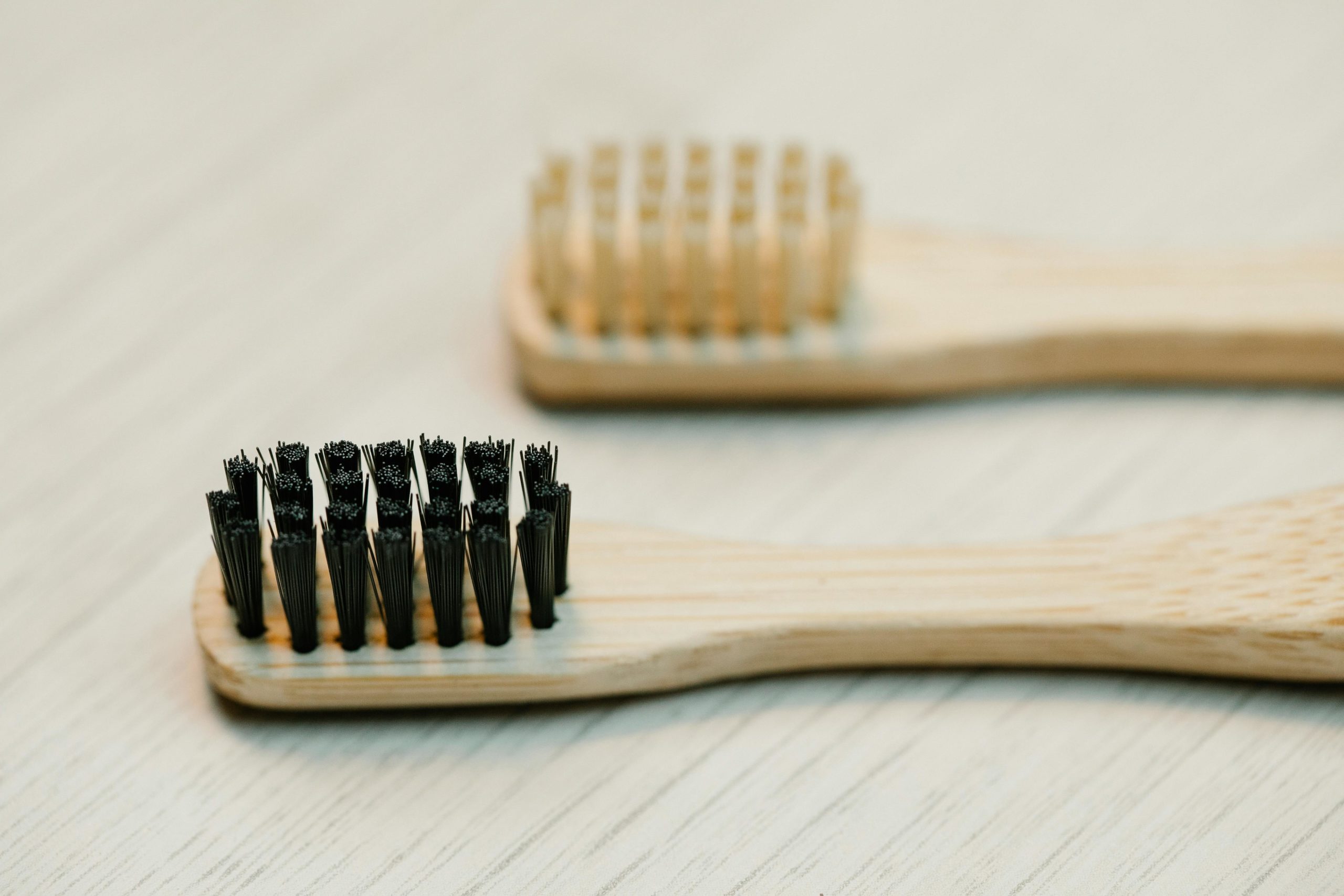9 Oct 2024
In her penultimate blog post for Vet Times, RVN Dale Gillies looks at the increasingly pressing need to make our businesses sustainable and discusses how this might work in practice.

Image © tirachard / Adobe Stock
As we all know, global warming is a major current crisis, which has been a hard road to tackle. Many companies are doing their part to help overcome this, but within the veterinary industry this can be a very difficult process while also adhering to a high standard of sterility and safety.
The BVA, however, has recently been awarded Investors in the Environment’s (iiE) highest “green”-level accreditation for improving its sustainability performance, and has created its own #GreenTeamVet campaign to encourage practices across the UK to work towards achieving low carbon emissions and partaking in an eco-friendly running within practice where possible.
Being involved with iiE myself, I am currently working alongside team members within my own practice to achieve bronze accreditation. This working group allows us to discuss all aspects of the environment, ranging from recycling, identifying products that can be reused, or investigating a more eco-friendly way of dispersing harmful chemicals and gases.
Reducing their carbon footprint should be something every practice thinks about. However, some might not realise that they are already doing their part.
For instance, our staff members use their own coffee mugs rather than plastic disposable cups, we use and wash those unique scrub caps we all buy once newly qualified, and there are recycling bins scattered throughout the building for all those plastic sections of the autoclave bags.

Photo by Bec R. / Pexels
Taking this a step further could mean a reduction or discontinuance of autoclave bagging completely. However, this is a discussion each individual practice would be required to have, to create formal Standard Operating Procedures (SOPs) for each process.
Ecological methods suggested include reusing fabric drapes to double (or triple) wrap instruments and/or kits, of which the circulating nurse only handles the outer layer, sterilely opens and the inner layer remains sterile for the surgeon.
This could also be adapted by using plastic or metal boxes for storing larger kits (again double or triple-wrapped) instead of squeezing them into a disposable autoclave bag.
In one practice I previously worked in, we had the space for a specific autoclave located near an orthopaedic theatre, which the circulating nurse would open and allow the scrubbed-up vet to remove the sterile, metal tins without the use of wrapping materials at all. This process of course allocated time to sterilise and cool down before handling.
This is something that could be implemented within a practice even without a specific autoclave, yet time planning and ensuring the maintenance of sterility would be hurdles of this process. However, not all vets will be keen on using tins and wrapping with several layers of drapes may be adapted instead.
Some recycling products can be expensive and not all practices have the funding or ability to obtain these products, yet even small changes can be made: turning lights off while not in use, turning off lab machines, X-ray equipment or Bair Huggers, as many of these will drink up electricity.
Bamboo toothbrushes could be used for cleaning clipper blades, as the plastic brushes are non-recyclable.

Photo by Sarah Chai / Pexels
Something I want to encourage within my practice is the use of pre-packaged single-use saline flushes. Although they are slightly more expensive when sold as a single unit – compared to the cost of packaging, needles, the wastage of syringes used and/or the saline not used within the 24-hour period (the period before discarding them) – this is something that needs to be considered.
All of these (plus many more) ecological and recycling ideas are merely a starting point, but can go a long way in reducing our carbon footprint.
Within the industry, sadly not all are easily carried out (or plausible in practice), but I would encourage everyone to look at what their practice does and how they can improve their own carbon footprint – especially if this means buying your Secret Santa a personally tailored scrub cap!